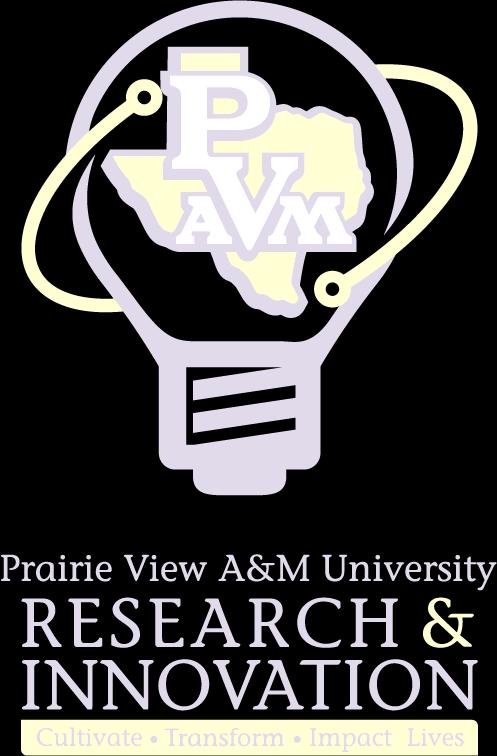
1 minute read
Daniel Jackson
from 2021 Research & Innovation Week- Undergraduate Student Research Booklet- Prairie View A&M University
Flood Management Using Hydrologic and Remote Sensing Data Daniel Jackson1 and Ram Ray2 (Faculty Mentor) 1Department of Computer Information System, Prairie View A&M University
2College of Agriculture and Human Sciences, Prairie View A&M University
Background: Floods are one of the most destructive natural disasters causing severe damages to public and private infrastructure, socio-economic activities, and agricultural and ecological services. Flood frequency and extent are likely to exacerbate in the future with increased occurrences of extreme rainfall events under changing climate and land use under the growing population. Therefore, assessing flood risk under a changing environment is essential to develop future climate-resilient management strategies to mitigate socio-economic and environmental damages. Objective: This project's primary goal is to create a methodological framework for flood management and mapping using publicly available remote sensing and hydrological data for Texas's select watershed. Methods: We collected and developed satellite and hydrologic databases for the proposed watershed from 2015 to 2017. Since our goal was to focus on the flood/extreme events, we mainly analyzed the data on the days, months, and years with extreme circumstances, such as floods and hurricanes (e.g., Harvey). Results: The preliminary results show Landsat and Sentinel satellite data can be used to identify the inundation/flood zones during extreme rainfall events. Conclusion: The estimated runoff and flood map can be used to develop a methodological framework for flood management.
Keywords: flood, flood management, rainfall,hydrologic and remote sensing data, watershed.
20 | Page







